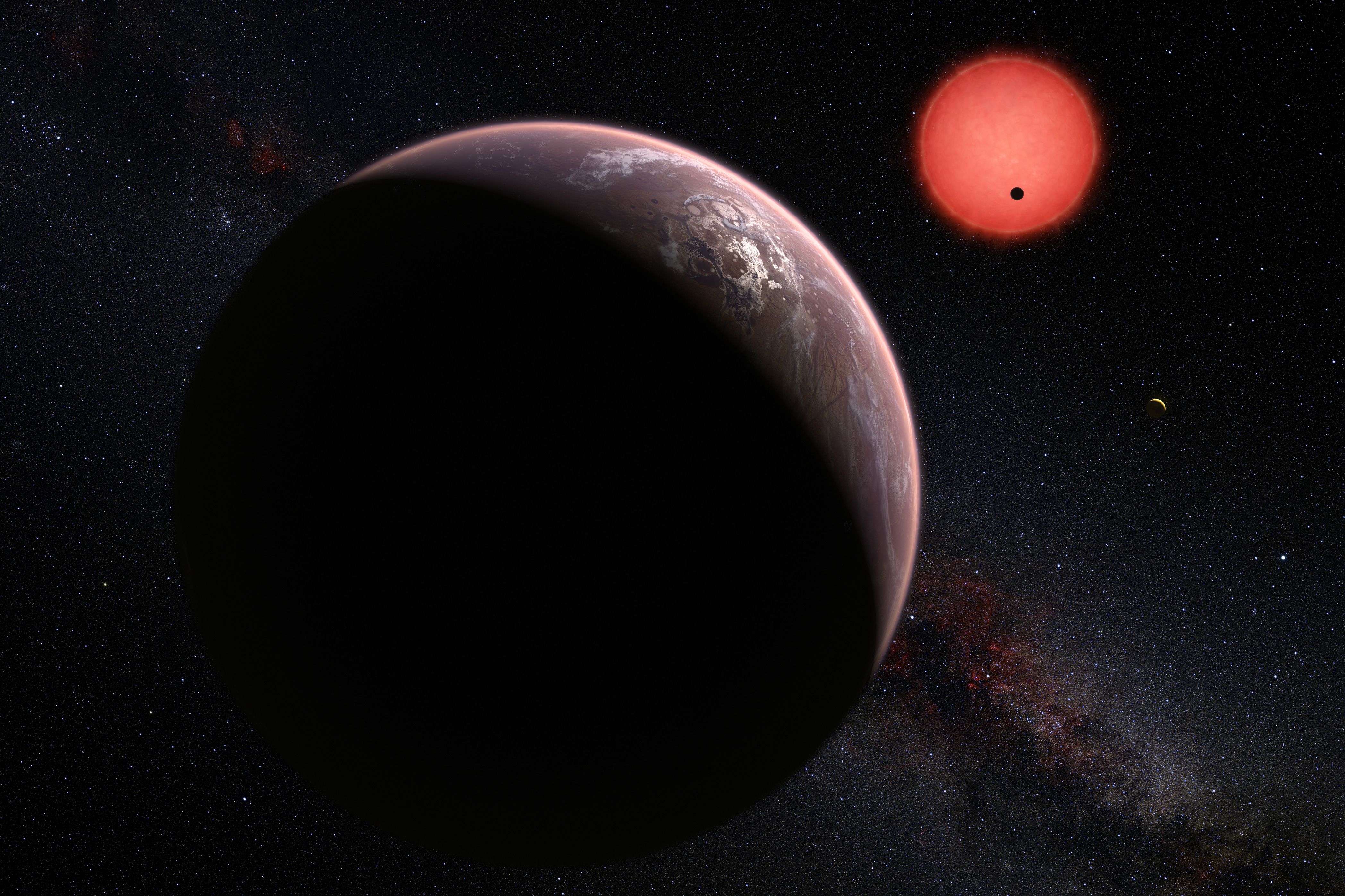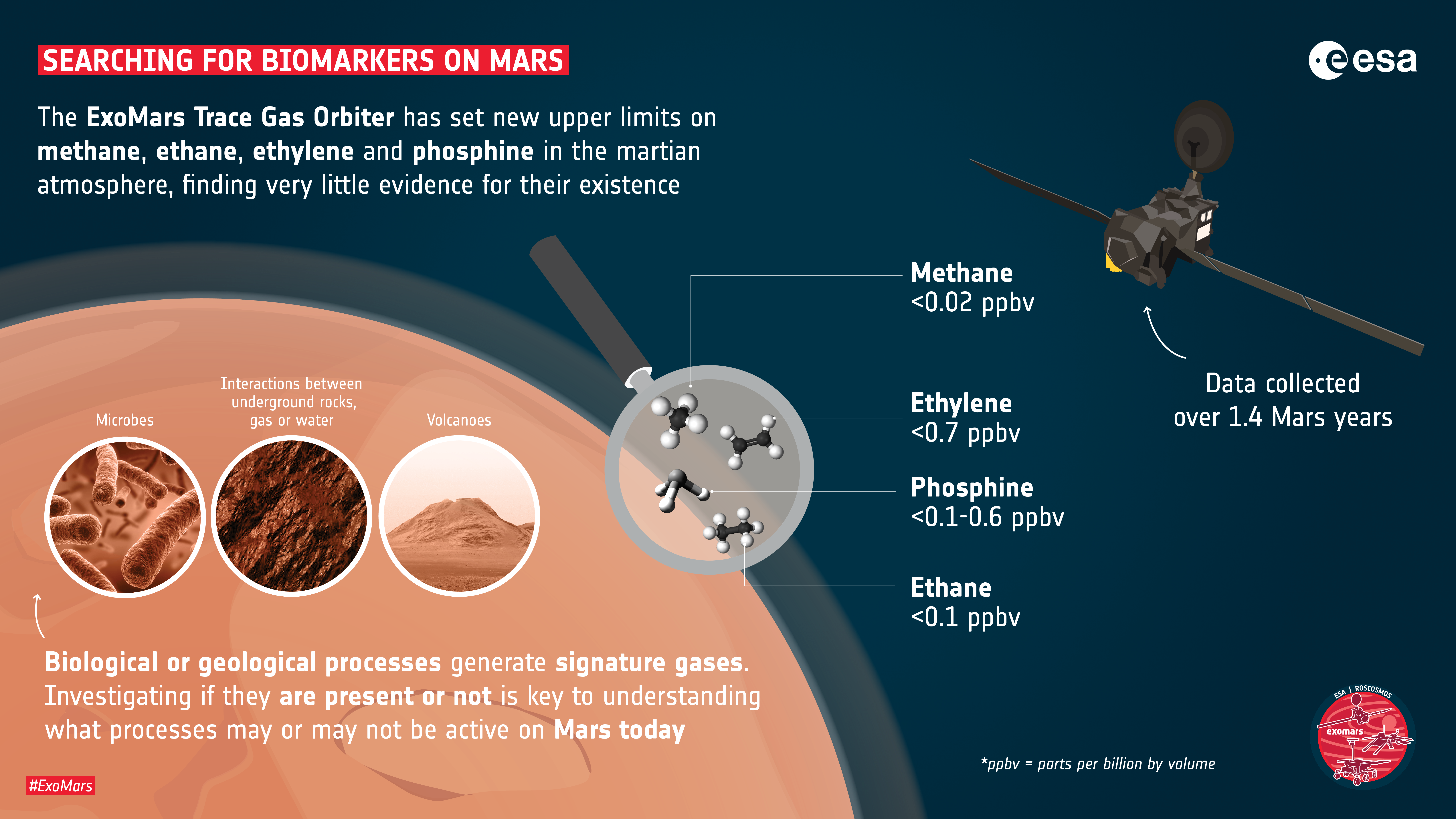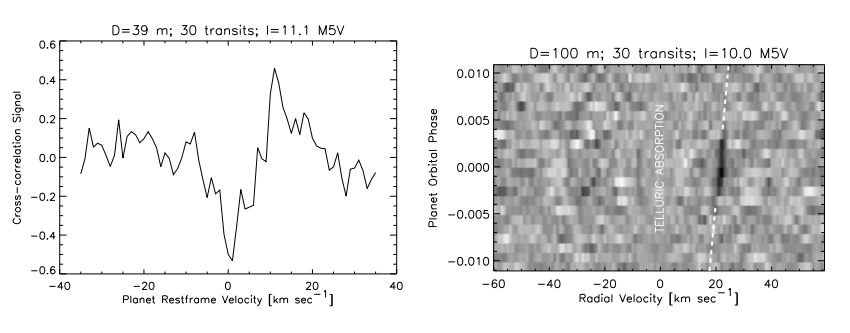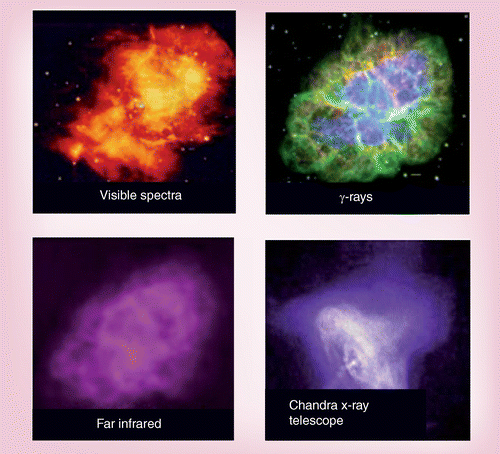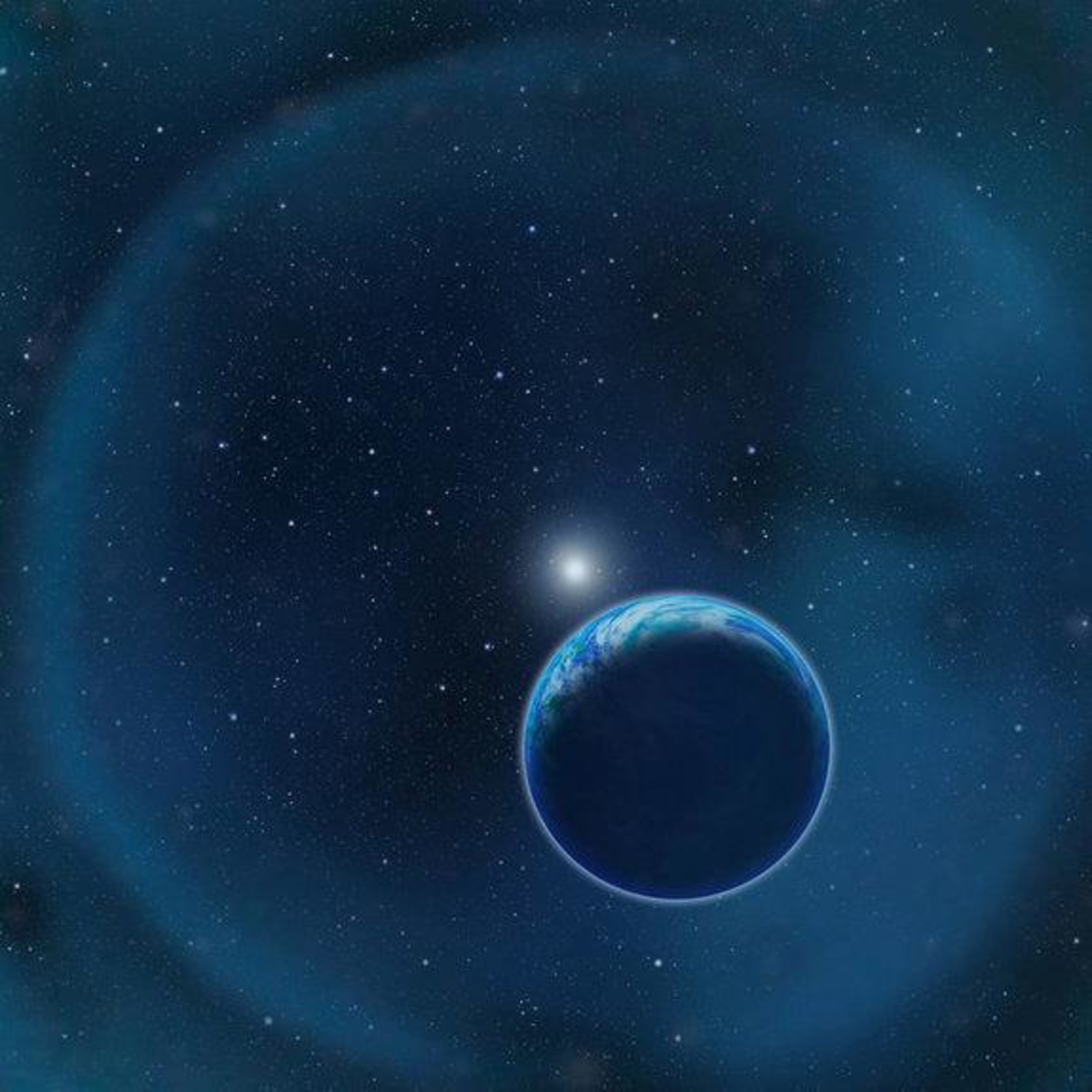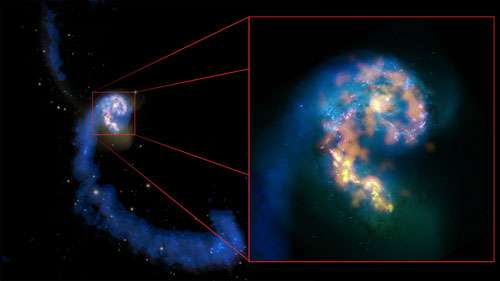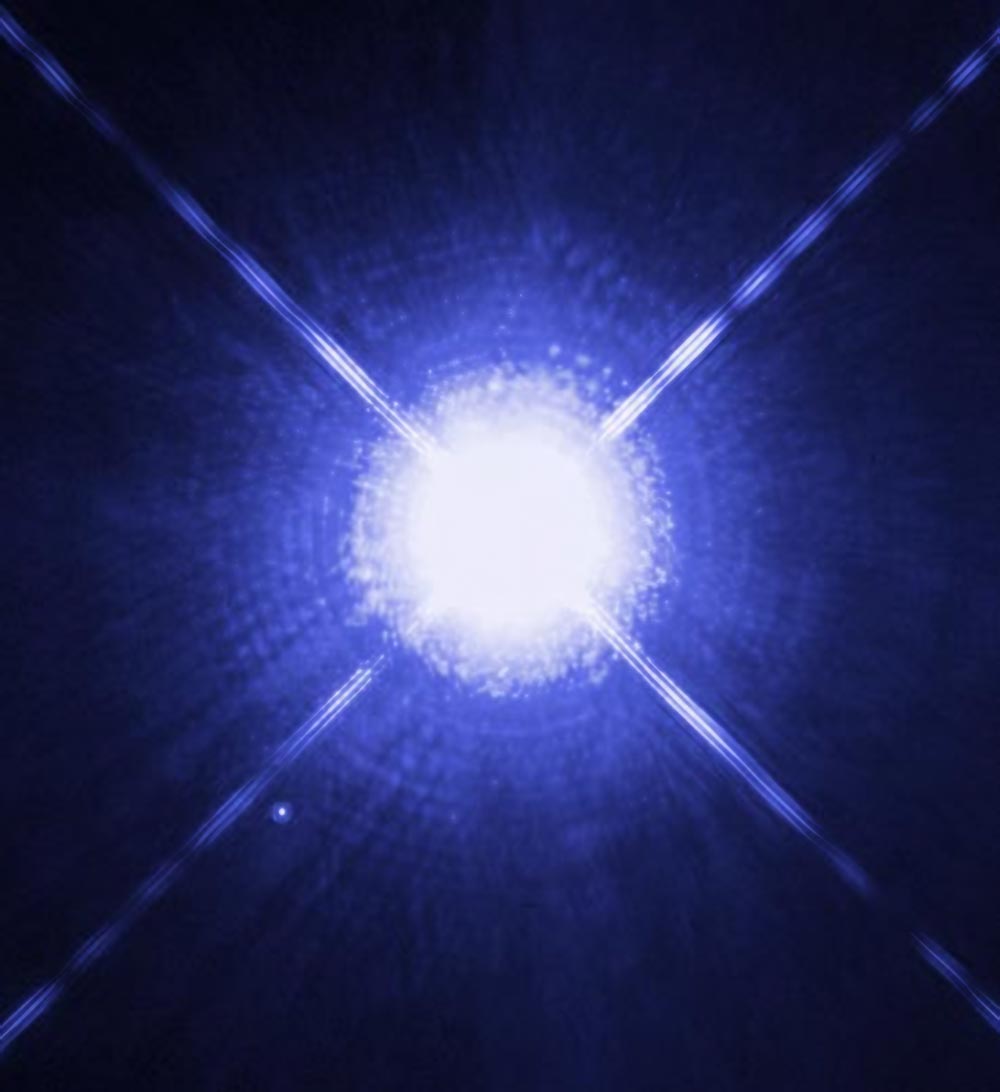
Probing seven promising worlds with NASA's James Webb Space Telescope – Exoplanet Exploration: Planets Beyond our Solar System

How the James Webb Space Telescope Will Find Habitable Planets Outside the Solar System – Dartmouth Undergraduate Journal of Science
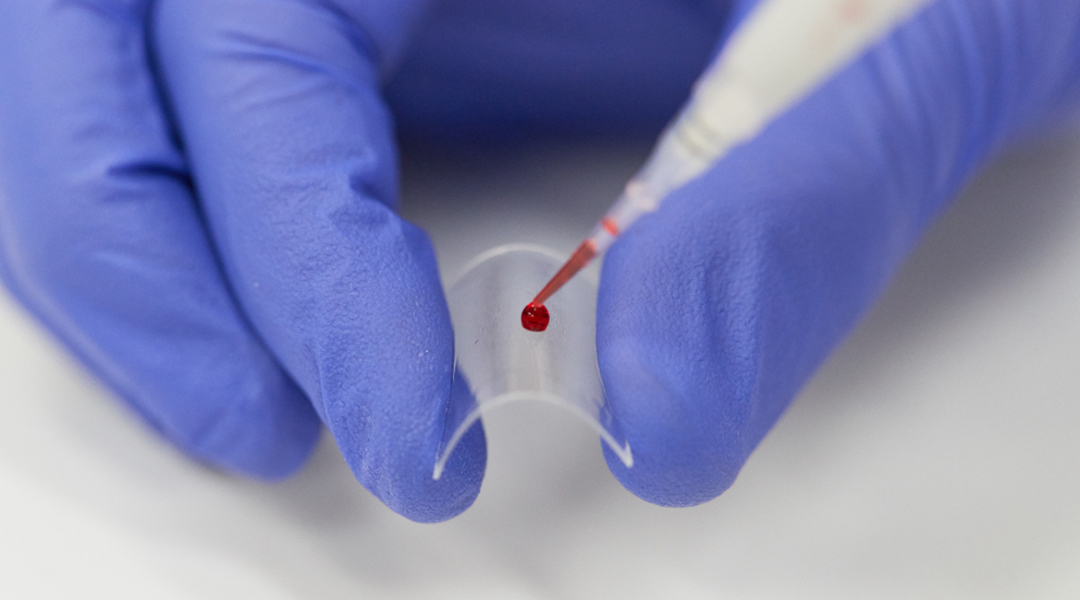
New test captures elusive blood biomarker to help identify severe COVID-19 before symptom onset - Advanced Science News
